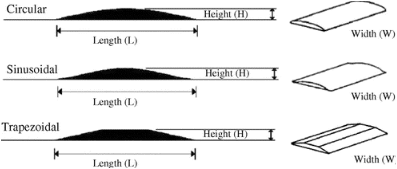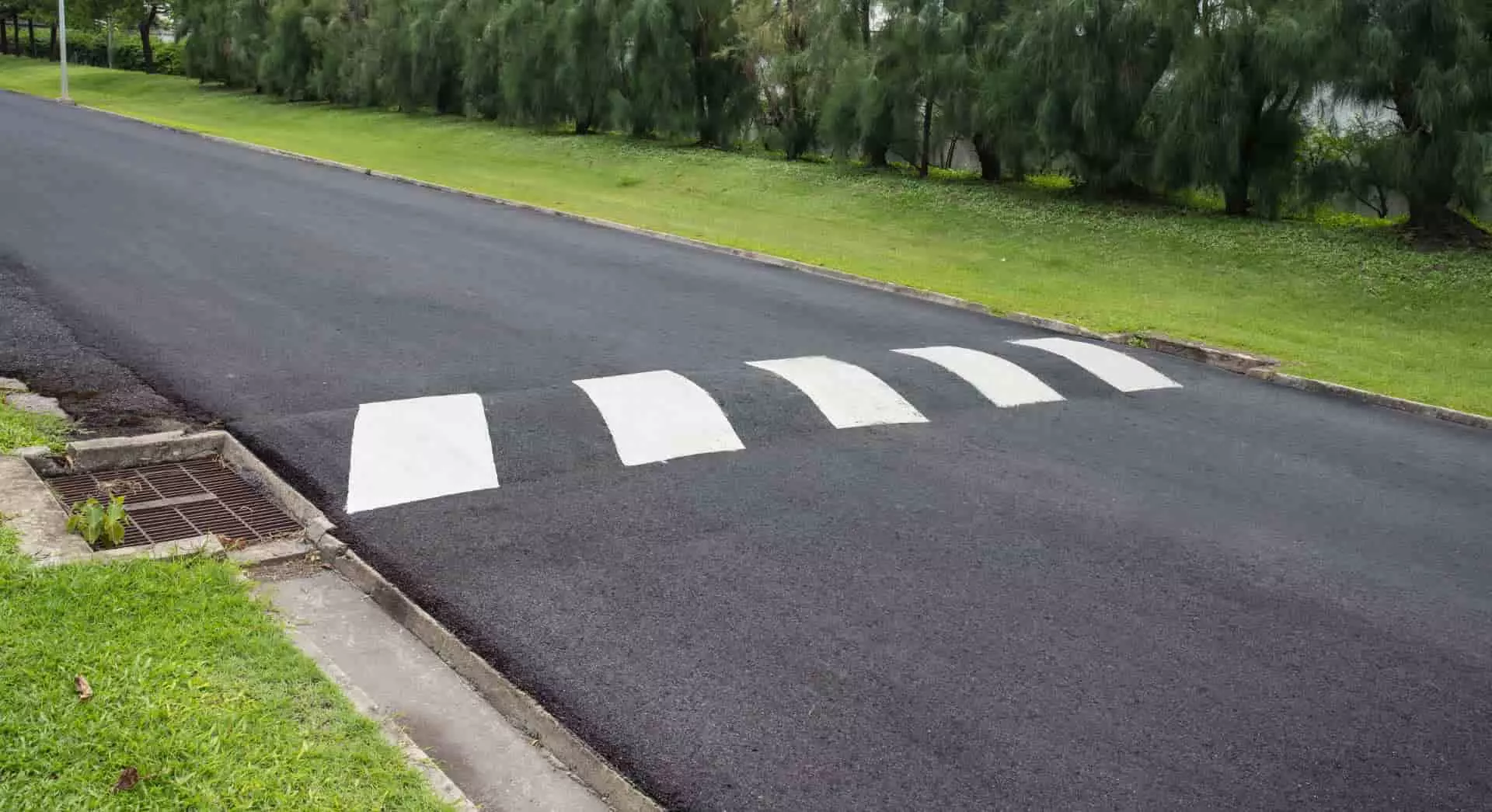Table of Contents
Road humps may be defined as a roadway geometric structure feature planned to physically decrease the velocity of vehicles. They have been designed to gain a specific result on vehicle functions without imposing a narrow or unsuitable safety risk.
Road humps are even known as speed humps and are appropriate for almost all types of road designs. These speed humps are also established along the roads in a series of several humps to control the speeding before and after the hump.
1. Features of Road or Speed Humps
The speed humps are made parabolic and vertical in structure which can be operated even for low speed and low traffic roads. The size of speed humps is commonly 3 to 4 inches in height with a width of 12 to 14 feet. This is also kept with a ramp length between 3 to 6 feet. These sizes are estimated based on the target speed.
The requirement of speed humps on roads allows for decreasing the speed of the vehicles to a capacity between 15 to 20mph. Different observations have proved that the speed humps decrease the volume of the traffic by a whopping 18% which almost results in a decrease in crashes to 13%.
2. Disadvantages
The disadvantages of road humps are as follows:
1. It decreases the aesthetic beauty of roads.
2. Increase in sound pollution during the movement of vehicles like trucks.
3. High chance of vehicular damage.
4. Raised in travel time for vehicles.
5. A lot of problems for emergency vehicles.
3. Necessity of Humps
The necessities of humps are as follows:
a ) No speed humps shall be kept on-road in nonurban areas.
b ) They can be kept on slow-speed roads (speed < 30 kmph, only on class IV roads) in some urban locations if they need it.
c ) The width of the hump should be minimum of 3.7m. It must have a parabolic shape with a top height of 0.1m at the peak.
d ) The faces of the humps shall be painted with 200 mm wide black and white lines at 45º slopes.

4. Design Criteria of Road Humps
Road humps must be constructed depending upon the following standards:
a. Slopes must be minimum of 1:25
b. The gradients more than 1:10 is not suggested.
c. The vertical lip of the road hump should be a maximum of 1/4″ high.
d. The tapers must consist of side slopes not more than 1:6.
The area of road humps is chosen in low-speed sites with a convenient traffic environment. These are utilized on residential roads and are not preferred for major bus routes, primary emergency response routers, or significant roads. The arrangement of humps is primarily performed in the mid-block between the conjunctions. The road humps can be designed as circular or parabolic or sinusoidal.
The road humps must be kept by employing caution signs to inform the approaching drivers about the upcoming humps. The humps are commonly painted with pavement markings or highlighters to improve their visibility. The edges of the speed humps are tapered to give a gap for suitable drainage.
5. Classes of Road Humps
There are two classes of road humps that are as follows:
A. Short Humps
Short humps may define as the humps that can be straddled by all varieties of wheels of regular vehicles. The response of vehicles towards the short humps is an operation of their respective suspension characteristics.
Generally, short humps crossed with high speed do not deliver any pain. But at lower speeds, the ride is disliked. The rider proceeds at a slower speed due to the worry of harm to the vehicles.
These humps assist a sharp jolt with the vehicle break during high speeds. At less pace, as the axle moves over the hump, the vehicle body is pushed upwards.

B. Long Humps
Long Humps may be defined as the humps that can be straddled by particular unique vehicles, particularly big vehicles. These road humps give a less serious ramp effect. Long humps require a long passing time. Long humps make the effect of deflection of the vehicle body rather than the quick deflection of tires or suspension.

| Read Also: Gravel Road |
